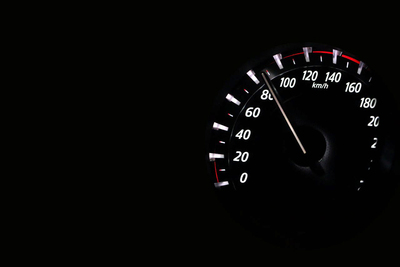The Evolution of Speed: How Automotive Innovations Mirror the World of Horse Racing
 |
Horse racing is one of the oldest sports in the world that has been around us for thousands of years. Maybe horse racing is solely responsible for bringing us closer to the automotive racing world, where now we have Formula 1, IndyCar, NASCAR, MotoGP, and many other big moto racing events.
The automotive world has advanced so much in the past couple of years. If we look at Formula 1, we can see that we went from V8 3-liter motors to V6 1.6-litre motors in just a few years, and the best thing is that the cars have more horsepower coming from a smaller engine.
Has the horse racing world had any influence on these innovations? And we are not talking only about Formula 1 as we can see another automotive sports advance at the same pace.
Breeding for Power - Genetics Equals Design
When it comes to horse racing, the speed starts with the animal itself. You cannot do much to change that. Yes, horses can be trained, but it all comes down to genetics, which usually suggests the potential of the horse.
Over the years, through breeding technology people have refined thoroughbreds since the 17th century from Arabian, Turkoman, and Barb stock, which are bred for explosive bursts just like the Secretariat hitting almost 50 mph in 1973.
This means that there is something called selective breeding that allows people to build a horse with the proper muscle structure, and stamina, and strive to be the perfect runner.
That's why if you check the best horse bets by TwinSpires, most of the top-tier horses have impeccable bloodlines, usually having the best chance in a race like the Kentucky Derby.
When it comes to cars, engineers’ kind of have the same approach, and they follow a similar blueprint.
They tweak engines like breeders’ pair stallions, and over the years, we can see huge advancements. For example, the Ford Model T that came out in 1908 was released with 20 horsepower, but fast forward 100 years, and we had the Bugatti Veyron with 1000+ horsepower.
Tracks Shape the Game
Horse racing evolved from rough fields to manicured turf and synthetic ovals—Churchill Downs’ dirt or Ascot’s grass demand specific hoof traits, just as weather shifts strategy.
When it comes to the world of racing, we can see the same thing. Modern F1 tracks blend high-speed straights with tight corners, but it is not only about shape.
The surface of the modern F1 tracks consists of asphalt, which is a mixture of bitumen binder with an aggregate, such as stones and gravel. They have to be as smooth as possible due to the low ground clearance and downforce that these cars have.
Training and Tuning
Horse racing leaned on instinct for centuries—jockeys and trainers gauging diet and drills—until science muscled in.
Today’s equine stars wear heart rate monitors and stride sensors, optimizing every gallop, as seen with Justify’s 2018 Triple Crown prep.
Cars took a parallel leap: carburetors and hand-cranked engines evolved into ECU mapping and turbocharging. IndyCar’s 2024 hybrid V6, blending 750 hp with electric boost, echoes how data now fine-tunes a Thoroughbred’s sprint. Both harness tech to squeeze out seconds, turning art into precision.


